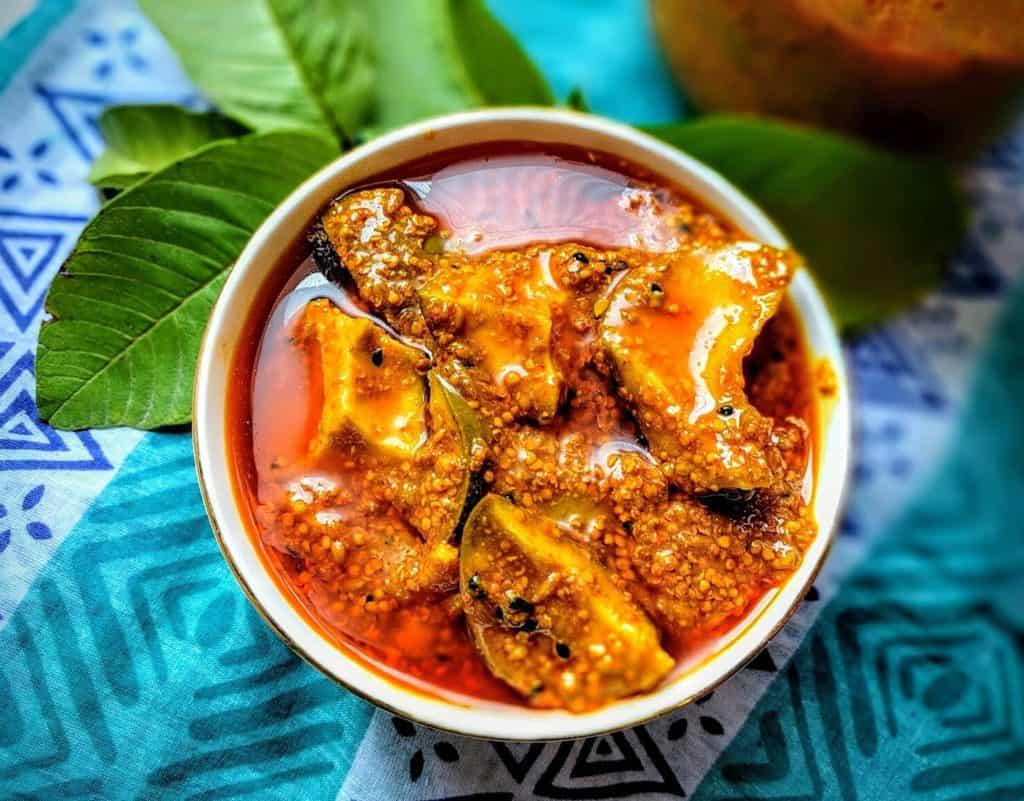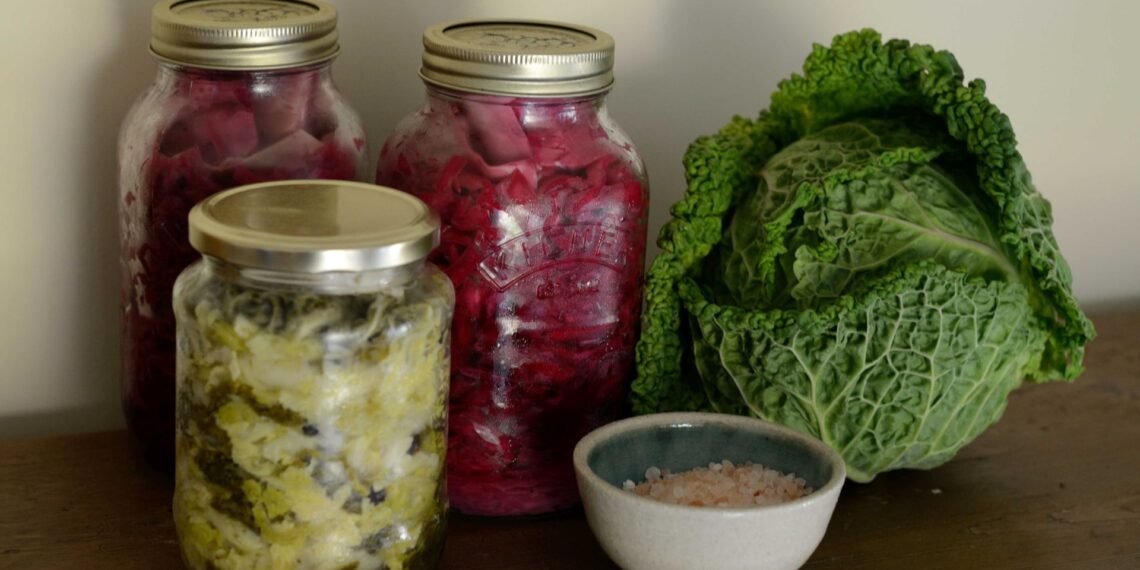Food fermentation has been part of South African kitchens for generations. It was done to preserve food and create flavour, long before anyone fully understood the health benefits it carried.
Fermentation is a story in a jar. It tells of people moving across Africa and around the world, carrying food with them as they travelled. These foods crossed villages, borders, and oceans, keeping communities fed, energised, and connected.
Fermentation is one of the oldest techniques for food preservation, and each culture has its own unique way of doing it, says chef Asithandile Ndamase, co-founder of Thyme with the Chefs and lecturer at the Cape Town Hotel School (CPUT).
She explains that beverages like umqombothi and amarhewu are among the most common examples in Mzansi, both of which use mealies in the process.
“Mostly with fermented food items, you do not need spices. It is mostly sugar and the natural yeasts from the grain itself.”
Asithandile Ndamase
Ndamase adds that vegetables such as radishes, beetroot, and cabbage can be fermented. “You can use vinegar, sugar, water, and maybe add spices like cumin seeds and cloves.”
With fruits, mangoes can be turned into chutney or atchar, while dairy can also be fermented, with milk transformed into amasi.

Related stories
- Umqombothi: Where tradition meets nutrition
- Podcast: Tapping into the fermentation process
- Citron melon: The humble fruit that fed generations
Ancient practice gets new life
Fermentation offers a wide range of benefits for our health, taste buds, and culinary creativity, Tshwane-based private chef Thole Mathe says. He explains that it highlights our connection to nature, microbes, and the environment.
“Fermentation is an ancient preservation method that showcases human ingenuity and adaptability,” Mathe says. “It creates entirely new, complex, and often desirable flavours, textures, and aromas that aren’t present in the raw ingredients.
“My son Amogelang discovered he enjoyed dried fruits like guava and peaches more after fermentation. He said, ‘Dad, these fruits taste different and delicious; I can eat them anytime.’ That’s flavour enhancement.”

He further says that ancient people didn’t understand microbiology, but they learned through observation and trial.
“For example, they stored milk and it turned into long-lasting, tasty yoghurt or cheese.”
Mathe explains spices that can be used in fermentation:
- Garlic: Common in hot sauces and vegetables
- Mustard seeds: Add a distinctive flavour
- Peppercorns: Provide sharp heat and aroma
- Coriander seeds: Release more flavour over time
- Cloves: Bring natural sweetness
Mathe notes fresh herbs and spices can lose their flavour quickly or become mushy during fermentation, making their taste unpredictable. However, dry spices are more stable, release flavour gradually, and create the right conditions for lactic acid bacteria, making them a more reliable choice for most fermentations.

Nature at work
Back in Rwanda, food fermentation was not a science; it was a daily practice lived by the community, says food educator and founder of Tamu by Jane, Jane Nshuti, from the Southern Suburbs, Cape Town.
“There were no fridges, but we had time, sun, and wisdom,” she says. “I remember cassava roots tucked in burlap sacks, fermenting slowly in the dark. They would soften and sour, and the sharp scent rising, not foul but promising, signalled that nature was at work.”

The fermented roots were dried and pounded into flour, which made cassava pap, thick, slightly tangy, and proof that good food takes time.
Fermented sorghum porridge, she adds, was made with care, love, and intention. “It warmed you from the inside out, the kind of breakfast that could carry you into the hills and back again.”
Fermentation is universal, Nshuti notes. Fish in Ghana becomes momoni, while salted fish in Congo and Rwanda develops flavour under the sun.
“Our ancestors did not have thermometers or starter cultures. They trusted instinct and memory. Fermentation was a relationship with time, microbes, and food, no additives, no shortcuts.”
Jane Nshuti
Today, with kombucha, sourdough, miso, and kefir, Nshuti says we understand not just how, but why we ferment; for health, flavour, and tradition.

Food safety first
And, if you are looking into agro-processing, fermented products offer many possibilities, as long as you adhere to the regulations and guidelines.
In South Africa, fermented foods are primarily regulated under the Foodstuffs, Cosmetics and Disinfectants Act, 1972 (FCD Act), which mandates that all foods be safe for human consumption. This act governs the manufacture, labeling, and sale of food, with additional specific regulations on microbiological standards and other food safety aspects for various products.
While the FCD Act provides a framework, producers should also implement good manufacturing practices (GMP) and hazard analysis to ensure product safety.
ALSO READ: Indigenous crops: The climate-smart superfoods we need

















